Southern Cross-Island Highway along the southern area of Yushan National Park ascends from an elevation of 1,000 meters to 2,700 meters. The weather changes frequently, and there are the most precious and richest biological resources in Taiwan's mountain forests. So far, at least 20 species of mammals, 120 species of birds, 50 species of amphibians, 130 species of butterflies, and 150 species of coleopteras have been discovered in the area. This place is an important gene bank for Yushan National Park and one of the representing indicators of Taiwan's biodiversity.
Plants
The staggering mountain peaks, creeks and valleys at the southern area of the park form diverse climatic vegetation belts. Broadleaf forests at a lower elevation to coniferous and boreal forests at a higher elevation can all be seen in the area. It has a complete forest ecosystem and has become a representative of Taiwan's vegetation field. (Please refer to guide pamphlet, articles in English and photos at the exhibition room of Meishan Visitor Center)
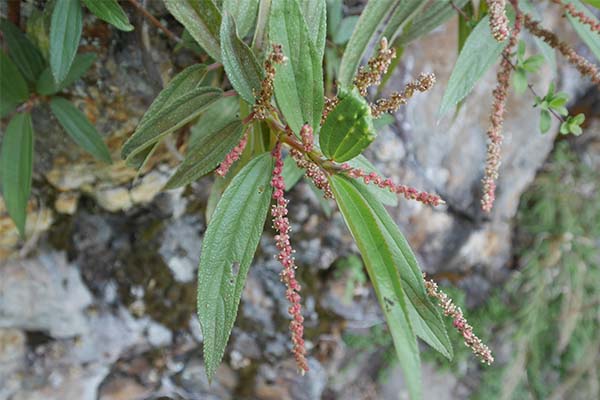
ramie
Evergreen broadleaf forest: Under the elevation of 1,800 meters
Lauraceae and fagaceae make up most of the tree species of forests in the area.
Between Meishankou and Liguan, the area is mostly the secondary vegetation that been felled or collapsed. East Asian mallotus, chinensis sumac, India-charcoal Trema, hibiscus taiwanensis, mulberry, ailanthus-like prickly ash, and flamegold rain tree are common in the area. The cultivated lands have mostly prune trees, plum trees, pear trees, peach trees, tung trees, and Formosan gum.
The section from Liguan to Tianchi is relatively humid, warm, rich in rainfall, and organic matters in the soil, so the trees are extremely lush. There are ramie, cinnamon, linden arrowwood, ring-cupped oak, Phoebe zhennan, alnus formosana, castanopsis carlesii, carpinus cordata, juglans cathayensis, elderberry, alocasia odora and bronze loquat, all common in the area. (check the Southern Cross-Island Highway Visitor Handbook for reference)
Cypress forest: At an elevation of 1,800 to 2,400 meters
These temperate broadleaf and mixed forests are the transition zone of Taiwan's ecosystems and also the largest rainfall zone. Clouds and fog are common throughout the year. The forests are extremely humid, so the area is also called the foggy forest zone.
There were fires in the vicinity of Tianchi in 1977, 1987, and 1990. The secondary vegetation we see now has miscanthus transmorrisonensis, Yushan cane grassland; red cypress, Taiwan red pine, and Armand pine plantations; ring-cupped oak, lady's glove, Formosa lily, Japanese andromeda, and pteridium revolutum.
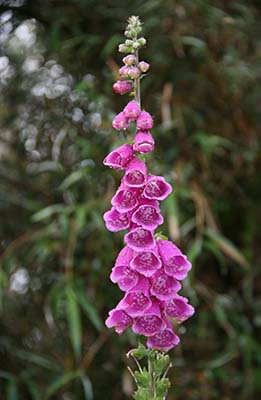
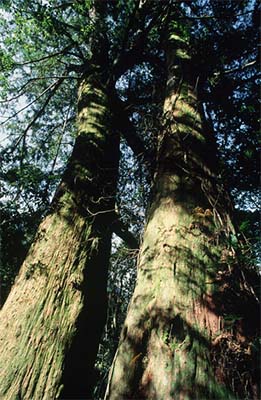
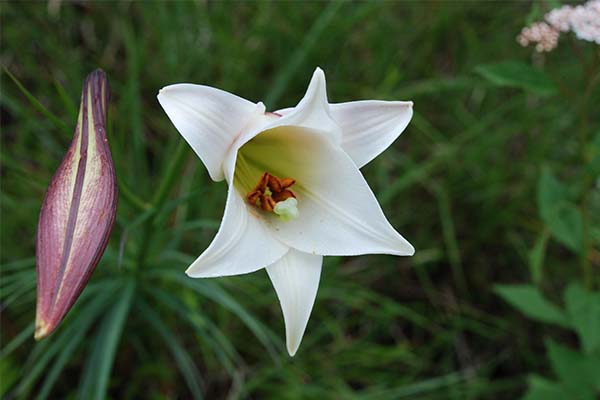
Hemlock and spruce forests: At an elevation of 2,400 to 3,000 meters
The forest belt has the upper part of temperate broadleaf and mixed forests and coniferous forests, and there are mostly hemlock and spruces trees, with some Armand pines and Taiwan red pines. Spruce trees are distributed in shaded land or humid valleys, hemlock trees are mostly in pure forests, and Yushan canes are usually in the underbrush.
Hemlock forest belt is nearby Wukou, and other common plants there are trochodendron aralioides, Taiwan stranvaesia, berberis kawakamii, Taiwan coriaria, rhododendron, Japanese knotweed, brambles, salix fulvopubescens, Mount Yushan pearleverlasting, grape-leaf anemone, eyebright, Marsh grass of parnassus, tripterospermum cordifolium, rice Saartweed, and coltsfoot. (Southern Cross-Island Highway Visitor Handbook for reference)
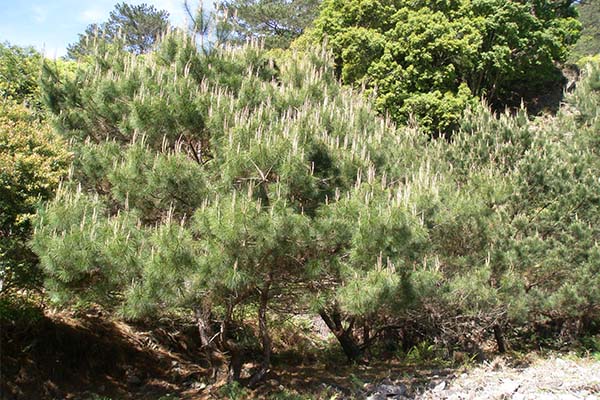
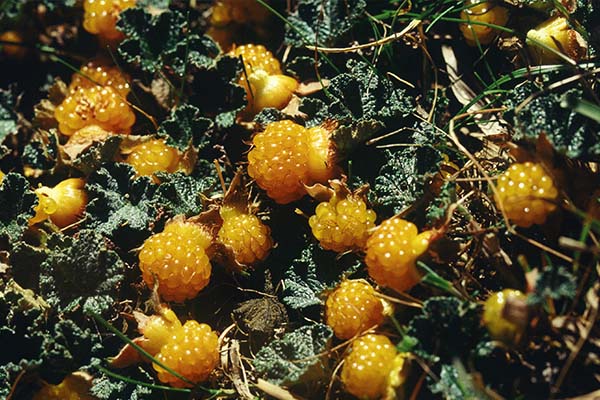
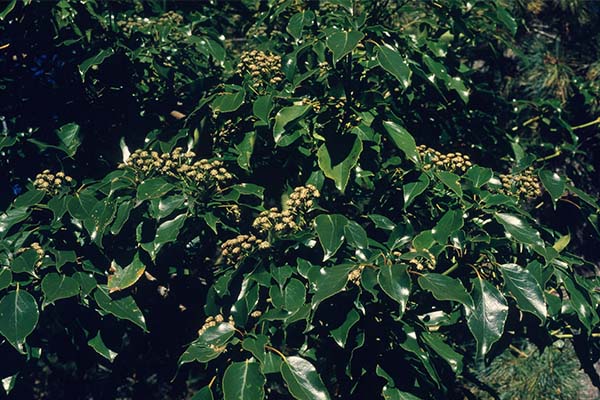
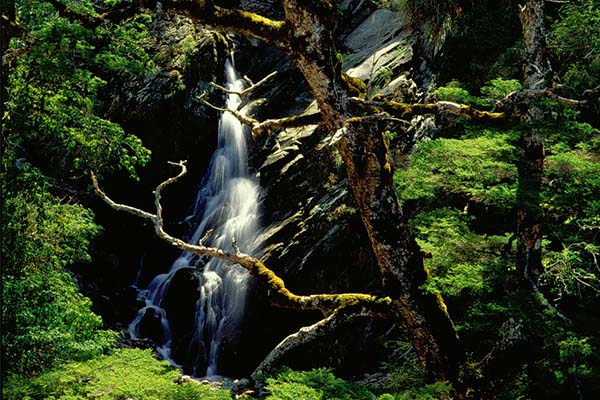
Animals
Mammals
The rich and diverse forest belts in the southern area of the park have bred a wide variety of wild animals. There are Formosan rock macaque, wild boars, Reeves's muntjac, Formosan serow, pangolins, Formosan ferret-badger, Formosan black bear, yellow-throated marten, Formosan gem-faced civet, small chinese civet, Formosan white-headed flying squirrel, Formosan striped squirrel, red-bellied squirrel, Formosan giant red flying squirrel, and mustela sibirica.
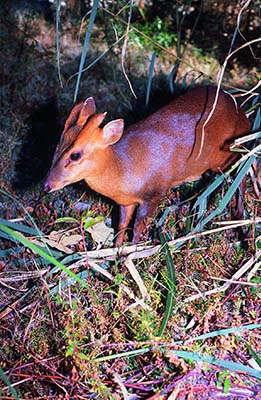
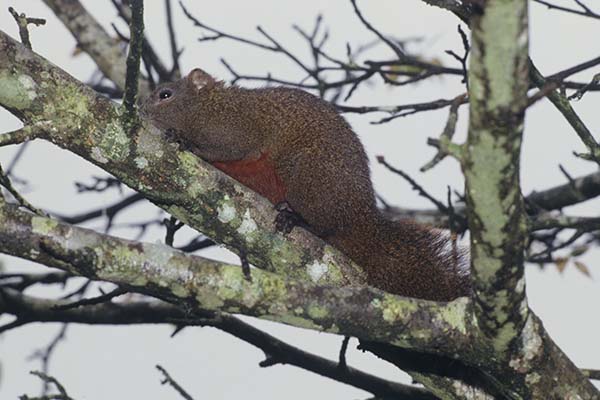
Insects
Insects are one of the indicators for ecology. The insects in the southern area of the park are distributed all over fields and mountain tops. They add more vitality to the land. The common species in the area are byasa polyeuctes termessus, common mormons, Chinese peacock butterfly, stichophthalma howqua formosana, Japanese rhinoceros beetle, lucanus formosanus, prosopocoilus astacoides blanchardi, chrysochroa fulgidissima, and aquatica hydrophila.
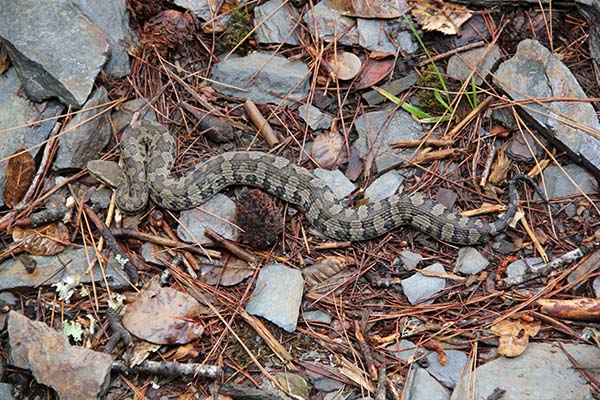
Reptiles
Common reptiles along Southern Cross-Island Highway in the southern area of the park are deinagkistrodon, protobothrops mucrosquamatus, ovophis monticola makazayazaya, trimeresurus gracilis, lycodon ruhstrati, sibynophis chinensis, hebius sauteri, rhabdophis tigrinus formosanus, Swinhoe's japalura, plestiodon elegans, and gecko.
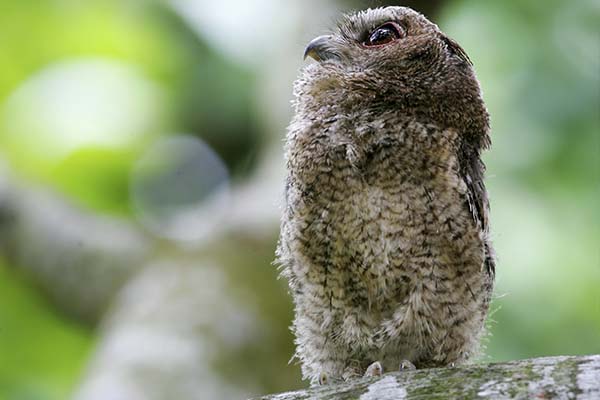
Birds
Yushan National Park has recorded a total of 233 species of birds in the entire park. Common birds along Southern Cross-Island Highway in the southern area of the park are collared scops owl, mountain scops owl, Eurasian tree sparrow, light-vented bulbul, Swinhoe's pheasant, Taiwan barbet, steere's liocichla, Taiwan yuhina, white-eared sibia, white-whiskered laughing thrush, common emerald dove, island thrush, white-backed woodpecker and black-throated bushtit.
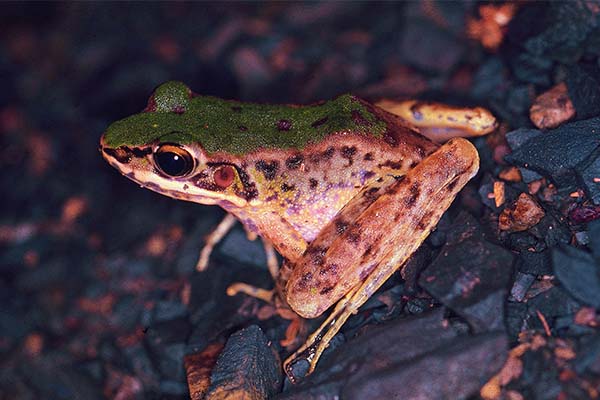
Amphibians
Amphibians are ectothermic animals whose body temperature changes with the environment. As their skin is in direct contact with the environment, they need to grow in a clean, warm, and humid place, and they are an important type of indicator organisms. Due to the proper protection of the environment along Southern Cross-Island Highway, there are many types of amphibians, and they can be found in streams, trees, or quiet bodies of water. The common species in the area are odorrana swinhoana, zhangixalus moltrechti, and buergeria otai (widely distributed in streams below the elevation of 1,500 meters in eastern and southern Taiwan). Kurixalus eiffingeri, buergeria robusta, kuatun frog, bufo bankorensis, and others.
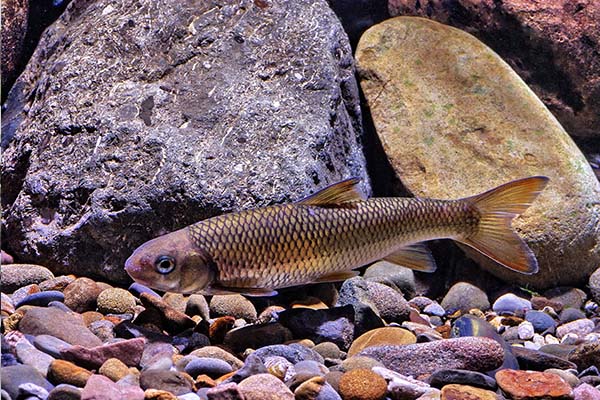
Fish
The southern area of Yushan National Park is located upstream. There is little man-made pollution, and the water quality is good, so it becomes a good living environment for freshwater fish in alpine streams. Laonong River is a habitat for onychostoma barbatulum which feeds on attached algae and water-borne insects by bottom rocks. There are also the larger onychostoma alticorpus which are a type of conserved animal.